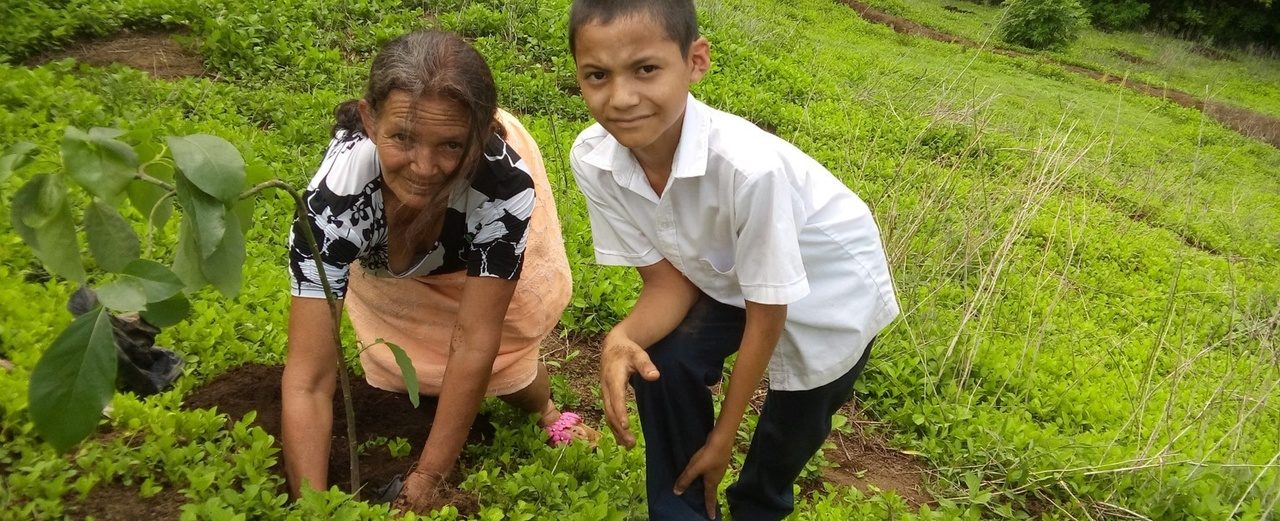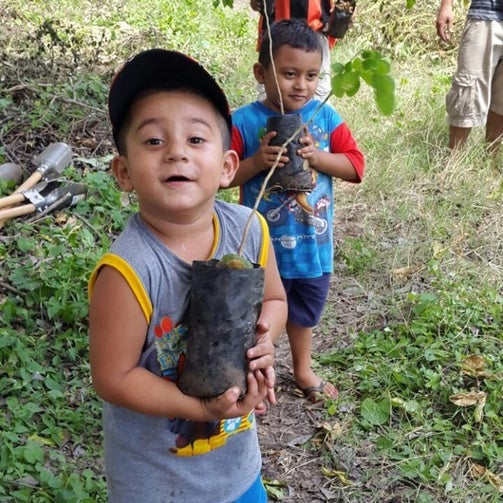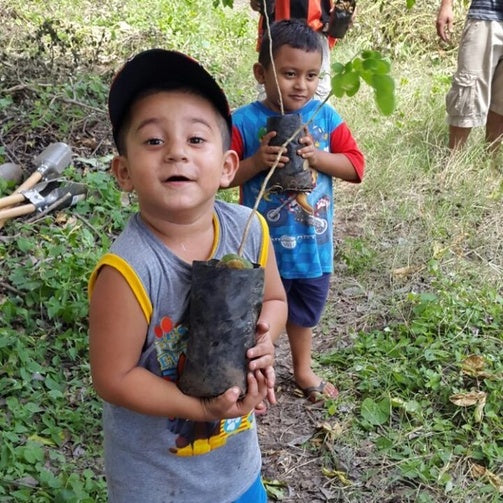Day 12
A tree seedling for reforestation at water sources in El Salvador
 Water is life! Water is life!
Water is life! Water is life!


Planting trees to protect water sources

need
Tree seedlings for reforestation of deforested counties in water source areas.
activity
Community residents plant 30,000 trees to protect surrounding water sources.
Measurable performance
Number of trees planted in the communities.
Result
The newly planted trees grow and protect the water sources and increase the groundwater level.
Systemically relevant impact
Water sources are protected for the long term and community residents have long-term access to water.
background


The good deed
AboutEl Salvador
San Salvador
Capital city
6,400,000
Population
6.868
Gross domestic product
per capita per year
Rank 121 of 189
Human Development Index
(Human Development Index)





